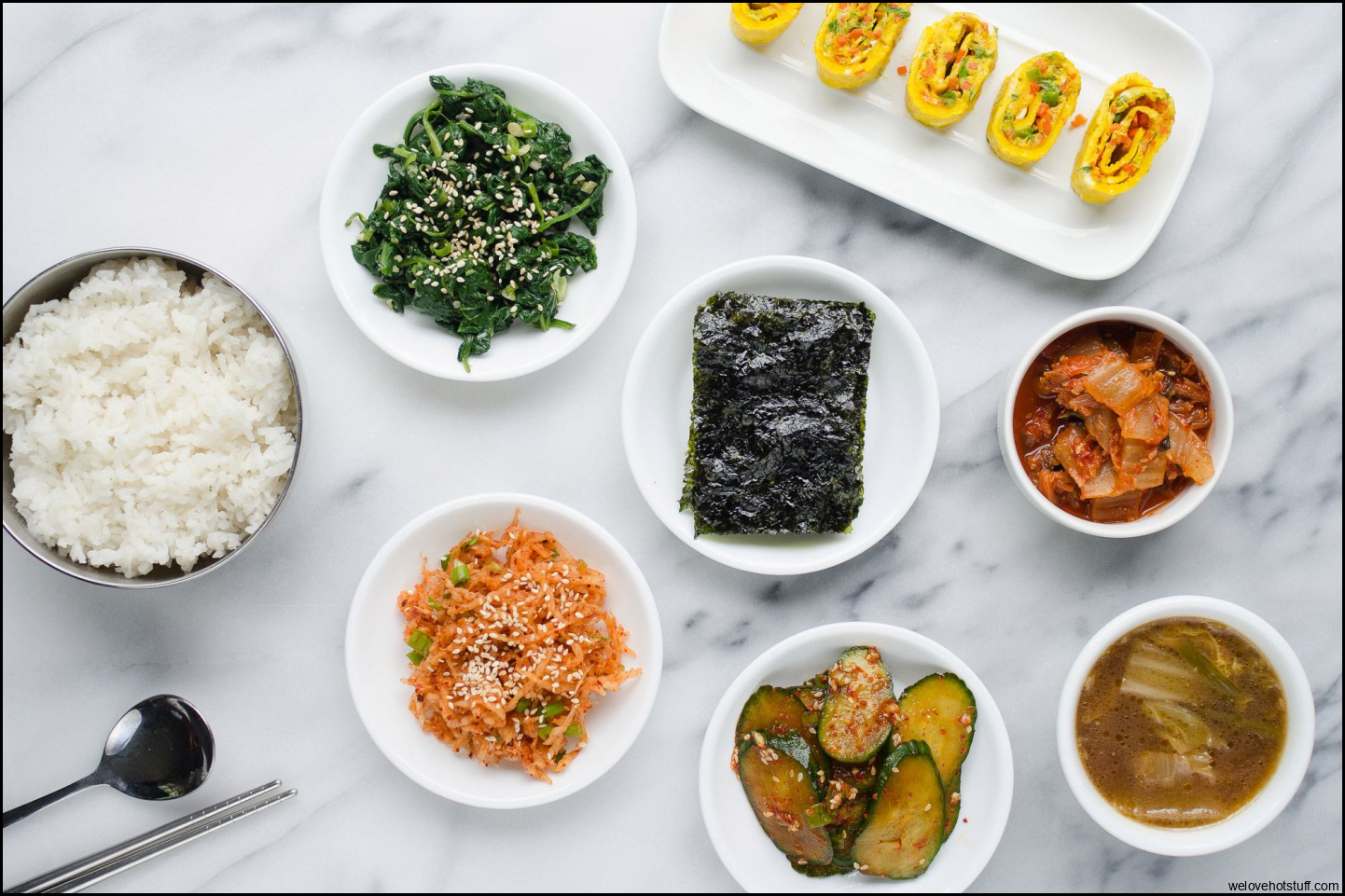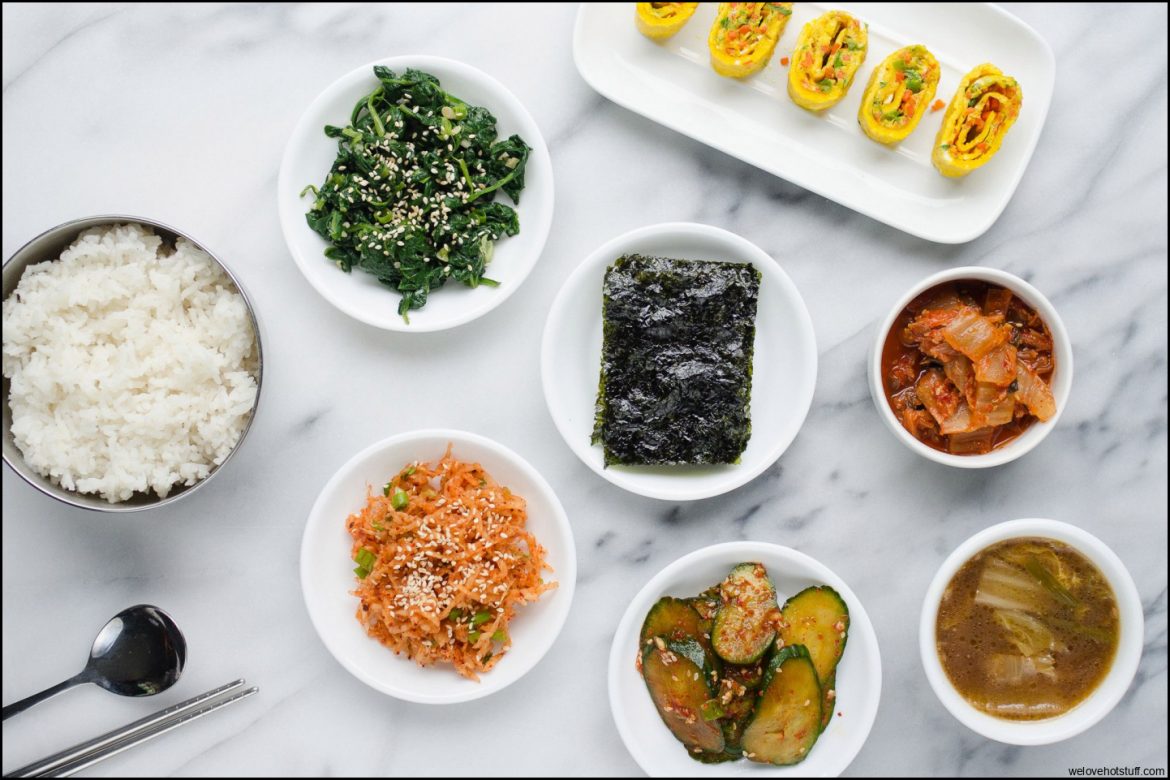
5 Easy Korean Side Dishes | Recipe | Korean side dishes, Side dishes …
When it comes to Korean cuisine, one cannot overlook the delightful array of side dishes that accompany every meal. These small, flavorful bites add depth and complexity to each bite, turning a simple meal into a rich and satisfying experience. But have you ever wondered what goes into creating these delectable Korean side dishes? Join us as we unlock the spice code and delve into the intricacies of the Korean side dish crossword.
The Art of Banchan: An Introduction
In Korea, banchan refers to an assortment of small dishes served alongside rice and soup. With an extensive variety ranging from pickled vegetables to marinated meats, banchan adds vibrant colors and bold flavors to any meal. Each region in Korea has its own unique specialties, making each dining experience a delightful exploration of tastes and textures.
Preserving Flavor: Fermentation Techniques
Korean side dishes often incorporate fermentation techniques that have been passed down through generations. Fermentation not only enhances flavor but also preserves ingredients for extended periods. Kimchi is perhaps the most famous example; this spicy fermented cabbage dish has become a staple in Korean cuisine worldwide. Other fermented delights include soybean paste (doenjang) and chili pepper paste (gochujang), which both lend their distinct flavors to various banchan.
Secrets in Jars: Quick Pickles
A lesser-known technique used for creating delicious banchan is “quick pickling.” This method involves immersing vegetables or fruits in flavored brine for a short period, resulting in a crisp texture combined with tangy notes. Common quick pickles found in the Korean side dish crossword include danmuji (yellow pickled radish) and oi-muchim (spicy cucumber salad). These vibrant, refreshing bites provide a balance to the richer flavors found in other banchan.
Cracking the Code: Must-Have Ingredients
While the variety of banchan might seem endless, certain staple ingredients can be found across many dishes. Understanding these key components is essential to decoding the Korean side dish crossword.
Sesame Oil and Seeds: The Nutty Essence
Sesame oil is a ubiquitous ingredient in Korean cuisine, including banchan. Its rich, nutty flavor elevates the taste of various dishes while also imparting a distinct aroma. Toasted sesame seeds are often sprinkled on top of banchan just before serving, adding a delightful crunch and enhancing visual appeal.
Gochugaru: The Fiery Red
Gochugaru, or Korean red pepper flakes, is an indispensable ingredient when it comes to creating the perfect spicy kick in banchan. Whether it’s kimchi or radish salad, gochugaru adds a vibrant red color along with its characteristic heat. The level of spiciness can be adjusted according to personal preferences.
Crossword Clues: Unusual Banchan Delights
Korean side dishes encompass a wide range of flavors and textures, some of which may surprise even seasoned food enthusiasts. Here are three unique banchan options that will surely add excitement to your culinary adventures:
Japchae: Stir-Fried Glass Noodles
Japchae consists of translucent sweet potato glass noodles stir-fried with an array of vegetables and often accompanied by thinly sliced beef. The combination of soy sauce, sesame oil, and a touch of sugar results in a harmonious blend of sweet and savory flavors. Japchae is not only visually appealing but also showcases the delicate artistry in Korean cuisine.
Haemul Pajeon: Seafood Pancake
Haemul pajeon is a savory pancake filled with an assortment of seafood such as shrimp, squid, and clams. The batter is made with a mixture of wheat flour and rice flour, giving it a light and crispy texture. This banchan option is often enjoyed as an appetizer or accompanied by a bowl of warm soup.
Musaengchae: Spicy Radish Salad
Musaengchae features julienne-cut radish combined with green onions, garlic, and gochugaru for that spicy kick. The salad is then marinated in vinegar and sugar to balance out the flavors. With its refreshing taste and vibrant colors, musaengchae offers a delightful contrast to richer banchan options.
The world of Korean side dishes is like an intricate crossword puzzle waiting to be solved. Each ingredient adds its unique flavor while also contributing to the overall harmony of the meal. So next time you sit down to enjoy a Korean feast, take a moment to appreciate the brilliance behind the delectable bites on your plate.
